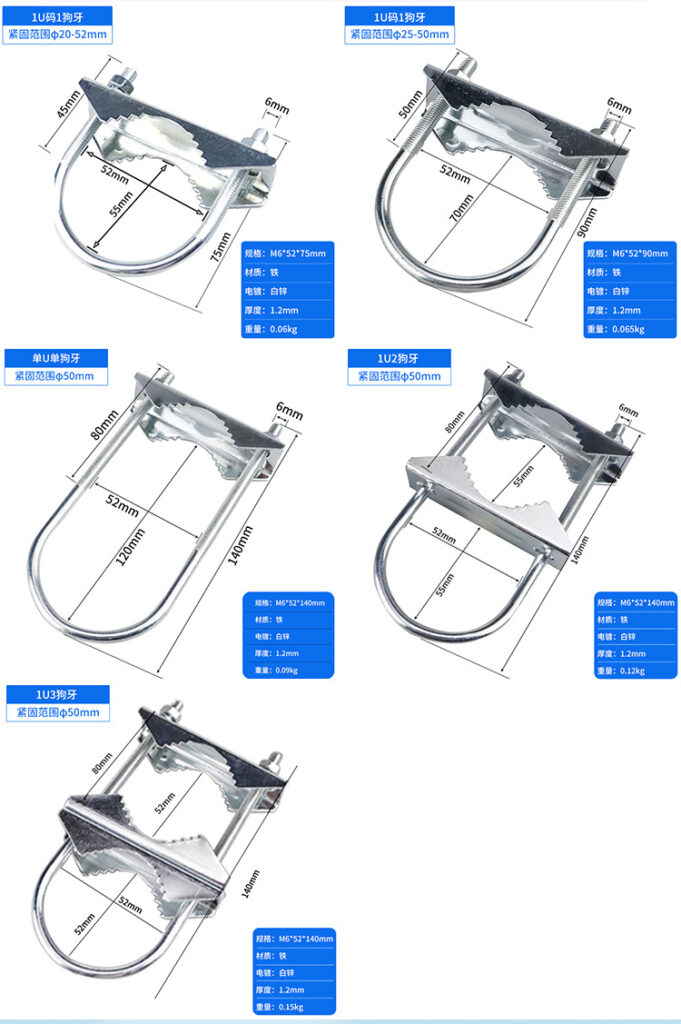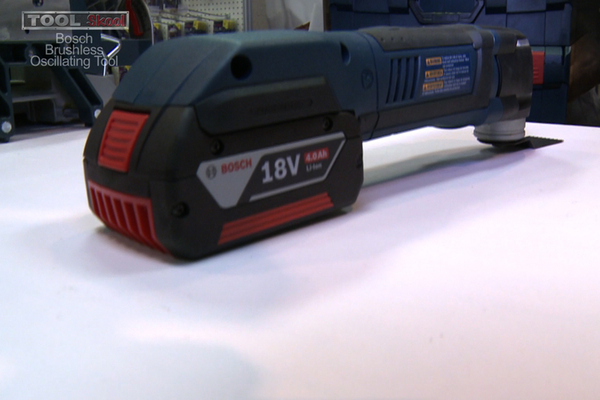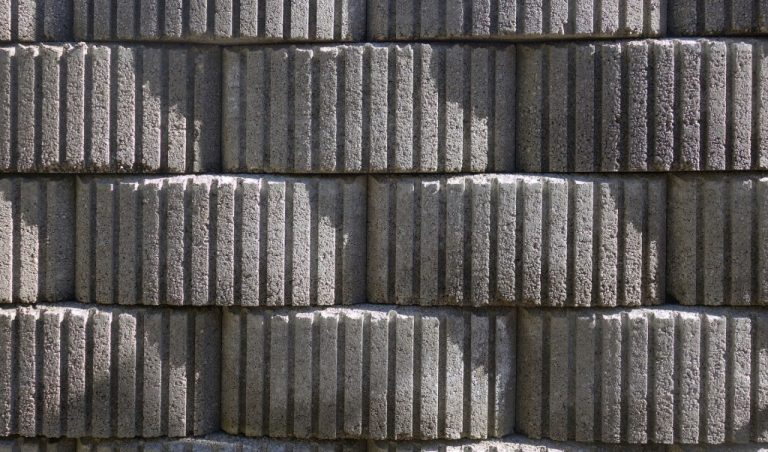Introduction Of Hydraulic Nuts (principles, applications, characteristics, methods of use, etc.)
Introduction Of Hydraulic Nuts (principles, applications, characteristics, methods of use, etc.)
Hydraulic nuts are used for bolts that require frequent disassembly and assembly, pre-tightening of oversized bolts, and locking of large workpieces, and can be used as hydraulic interference to connect disassembly tools. Installing or removing bearings on tapered shafts or sleeves is usually a difficult and time-consuming project. The use of hydraulic nuts can improve work efficiency and reduce such problems.
The principle of the hydraulic nut is that the hydraulic oil is input into the nut by the high-pressure oil pump to generate the force that pushes the piston, which meets the needs of installing or disassembling the bearing-effortlessly, accurate and safe.
Principle
The working principle of the hydraulic nut is to use ultra-high pressure oil to generate a thrust on the shaft and a tension on the shaft sleeve, so that the shaft and the shaft sleeve are evenly connected by force.
Application
1. Hydraulic nuts are widely used in metallurgy, copper and aluminum industry, paper industry, hydraulic locking on slitting machines, etc.;
2. Install and remove propellers, rudder shoes, etc.;
3. Disassemble the high-pressure connection surface, such as train wheels, couplings, flywheels and gears.
Hydraulic nut is an advanced bolt assembly method, especially suitable for tight space and heavy load vibration mechanical fastening.
The working principle of the hydraulic nut is to use the hydraulic cylinder to directly apply external force to the bolt, so that the applied bolt is elongated within its elastic deformation range. After the bolt is elongated, the lock ring on the hydraulic nut is tightened so that the bolt will be locked. The ring is locked in the elongated position.
The hydraulic cylinder is located at the position of the central axis of the bolt, and is used to axially stretch the bolt to achieve the required stretching amount of the bolt. And it is this amount of tension of the bolt that determines the clamping force required for bolt tightening. When the hydraulic nut is pressurized, the bolt is stretched, and at the same time the hydraulic nut is in close contact with the joint surface, so that the axial deformation of the bolt is locked, that is, the remaining bolt load is locked in the nut.
Many connecting surfaces are equipped with gaskets. The gasket only works when the connecting surface is compressed, so it is especially important that the connecting surface always remains clamped. The load applied to the bolt is proportional to the oil pressure in the hydraulic cylinder. This design can accurately retain the effective load.
Since the load is directly applied to the bolt, and all the forces are used for bolt elongation, the space required for load generation can be minimized.
Features
- The stretching method is not affected by the bolt lubrication effect and the thread friction, and more accurate bolt load can be obtained;
- Multiple bolts can be stretched synchronously, so that the entire circle of bolts is evenly stressed and a balanced load is obtained;
- Thanks to the most advanced ultra-high pressure hydraulic technology, bolts can be locked in a small space;
- The residual load and effective load obtained by tightening the bolts in the tensile method are greater than those in the torque method;
- The stretching method is more suitable for joining applications that require high tightening accuracy. It can make the joint face evenly stressed to achieve joints and truly prevent leakage.
Advantage
- Suitable for all kinds of vibration, fast rotation, high-power equipment and narrow spaces;
- Economical and efficient, light weight, high precision;
- It can be equipped with manual hydraulic pump, pneumatic hydraulic pump and electric hydraulic pump;
- Multiple hydraulic nuts can be used at the same time;
- There is no need to use a gauge, but the measuring ring in the structural design can be used to accurately and stably measure the axial advance distance required by the bearing;
- When installing and disassembling the withdrawal sleeve, hydraulic nuts of the same specification can be used, which is not available in patented hydraulic nuts with attached gauges or hanging connecting blocks;
- Use the additional screw of the measuring ring to disassemble the nut to replace the damaged O-ring, which saves time and parts cost than the general design;
- Sealed bearings can be installed, no need to measure the internal clearance of the bearing to determine the axial advance of the bearing.
Usage and precautions
- Fill the manual pump with hydraulic oil before use. The oil filling port is at the back end of the manual pump. Open the nut to fill the oil, and lock it after filling. When pressurizing, press the handle on the top of the pump up and down, and lock the handle of the unloading switch on the right side of the pump clockwise; when depressurizing, turn the handle counterclockwise. Connect the pressure gauge on the left side to observe the pressure indication during pressurization, and connect the oil injection hose to the front end of the hand pump.
- The hydraulic nut is composed of a nut body, a pressure ring, an oil injection port and an oil discharge and exhaust joint. Clean the appearance of the nut when using it. Screw the nut into the work-piece and lock the nut. The pressure ring should be in the original position. Then insert the oil injection hose interface of the hand pump into the oil injection port, lock the unloading switch handle on the right side of the hand pump, and slowly pressurize. At the same time, turn the bleed cap on the upper part of the oil bleed and exhaust joint inward and vent until the air in the nut is drained. After the clean hydraulic oil has flowed out, loosen the bleed cap outward to close the one-way valve. Continue to pressurize and inject oil to press out the pressure ring to achieve the purpose of compaction, until the pressure reaches your desired compaction purpose. Loosen the handle of the unloading switch and loosen the pressure hose joint of the hand pump.
- Loosen the nut and rotate the oil drain and exhaust joint inward until the hydraulic oil flows out, then slowly loosen the nut.
- Before the nut is screwed into the work-piece and locked, please do not pressurize the nut to prevent the pressure ring from being unbalanced. When not in use, please drain the oil in the nut and return the pressure ring to the original position for the next time use. Add butter to the threads to prevent rust.




